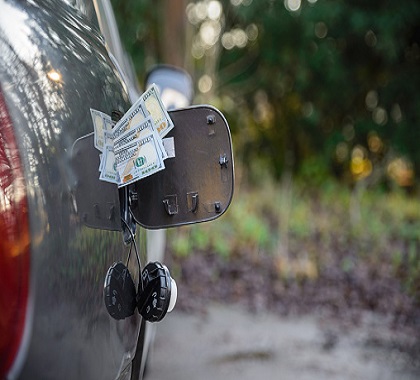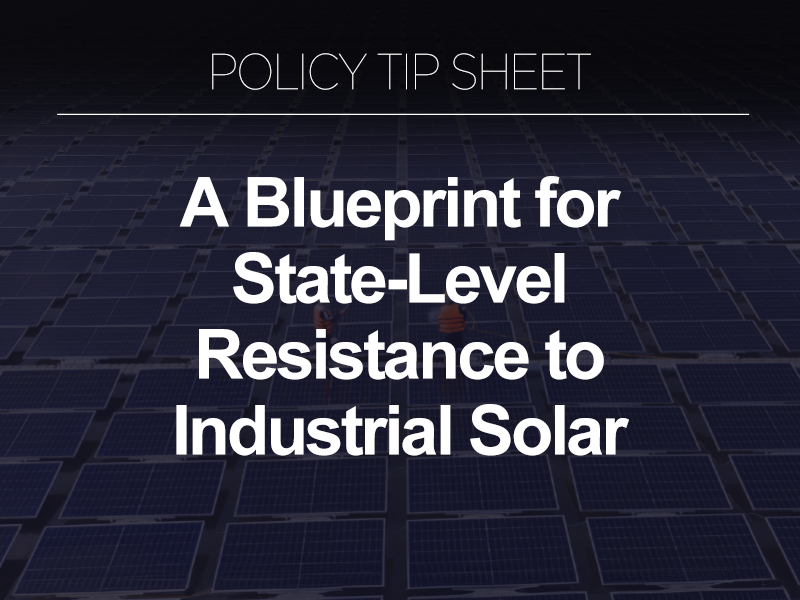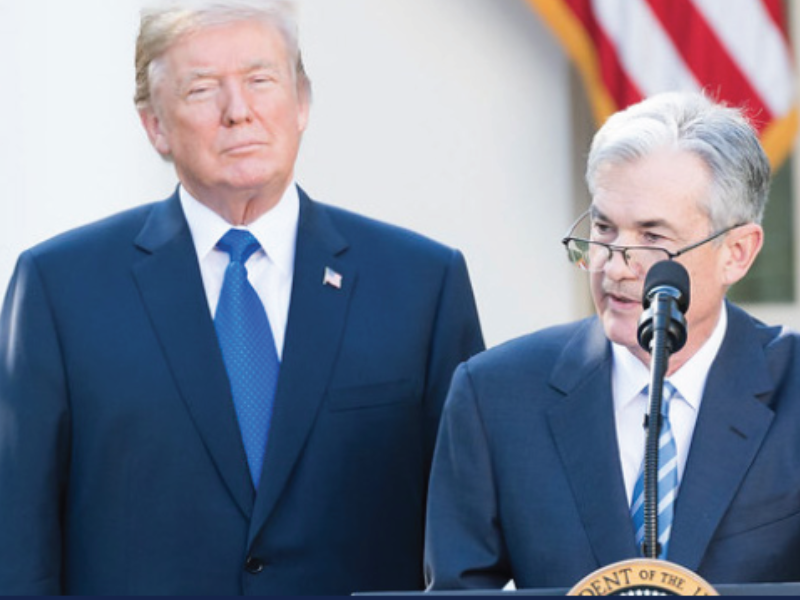1. Are gas taxes an effective revenue source for infrastructure funding?
No, gasoline taxes do not provide viable funding for transportation maintenance and upgrades. In recent years, more fuel-efficient cars have decreased gas tax revenue. In 2015, Daniel Vock analyzed state gas tax data reported to the U.S. Census Bureau. Vock found two-thirds of state fuel taxes failed to keep up with inflation.
The Institute on Taxation and Economic Policy has also found that gas taxes are not a sufficient funding source to repair and rebuild the nation’s crumbling infrastructure. This is mainly due to more fuel-efficient vehicles on the road coupled with skyrocketing transportation construction costs.
2. Do high sales taxes impact consumer behavior?
Yes, differences in sales tax rates often incentivize shoppers to avoid higher levies. According to a 2016 Wichita State University study, at the local level, for every 1 percent increase in food tax difference in any county, food sales volume per person per year decreased by about 10 percent. The Wichita State study also found the sales tax on groceries had a negative effect on rural grocery stores.
In a 2007 study, Mehmet Tosun and Mark Skidmore used county-level data on food sales and sales-tax rates in West Virginia from 1982 to 2000 to estimate the cross-border shopping effect. Tosun and Skidmore found, “Using county level data on food income and sales tax data for West Virginia over the 1982-2000 period we estimate that for every one-percentage point increase in the county relative price ratio due to sales tax change, the per capita food income decreases by about 0.7 percent. Our estimates indicate that food sales fell in West Virginia border counties by about 4 percent as a result of the imposition of the 6 percent sales tax on food in 1989.”
These results were not unique to West Virginia. In a 2010 study, the University of Vermont’s Arthur Woolf analyzed the long-term economic impact of Vermont’s higher sales tax rates relative to its neighbor’s New Hampshire and Maine, with a special focus on the Vermont and New Hampshire counties bordering the Connecticut River. Woolf found “the sales tax advantage alone has boosted cross-border shopping into New Hampshire resulting in $540 million in sales from Vermont and over $2.2 billion in sales from Maine.”
Eliminating a sales tax differential could create a tax windfall for states. In a 2009 case study in Washington State, Rossitza Wooster and Joshua Lehner estimated that elimination of the sales tax differential between Washington and its neighboring states would generate tax revenue in excess of $145 million at the state level and more than $21 million at the county level in border counties.
3. Do gas tax rate changes impact filling stations located near state borders?
Yes, gasoline taxes have an especially strong effect on filling stations near state borders. In a 2017 paper, David Coyne used retail gas price data from Gasbuddy, a popular price tracking platform, to isolate and analyze the effect of gas taxes near state borders. Coyne found that “stations within 10 miles of an out-of-state competitor pass through about 93 percent of a tax change. This is 43 percentage points lower than stations on the interior of a state.”
Carlos Hurtado, of the University of Illinois, examined several gas price tracking websites in a 2018 paper. Hurtado found that the expected number of fueling stations increases by 30 percent when moving from the high tax side of a state border to the low tax side.
4. Are gas taxes regressive?
Yes, gasoline taxes are highly regressive. Increasing fuel taxes leads to higher prices on goods and services throughout the economy. These additional costs are inevitably passed on to consumers, with an especially negative impact on lower- and middle-income families. Americans for Prosperity estimates lower gas prices amount to approximately $100 in additional spendable income per month for an average family.
In a Maryland Public Policy Institute study, Wendell Cox and Ronald Utt argue gas taxes have a significantly greater detrimental effect on lower- and middle-income families than they do on the wealthy. When examining a proposed 15 cent per gallon increase in Maryland’s gas tax over three years in 2012, Cox and Utt estimated that “after the proposed tax increase, the lowest-income brackets would pay a share of their incomes more than seven times greater than the share paid by wealthier households.”
Even worse, a gas tax hike would raise prices on goods and services throughout the economy. In fact, nearly 70 percent of all freight transported annually in the United States, accounting for manufactured and retail goods worth $671 billion, is transported by truck, according to Truckinfo.net. Businesses will simply pass the added costs on to consumers.
Michael Brendan Dougherty of the National Review summed up the unforeseen effects of a gas tax hike well in an April 2019 article:
Gas taxes are insidiously regressive. They don’t just impose extra costs on those who commute long distances. Over time the raised fuel costs of trucking, delivery, fertilizing, and harvesting flow through to everything. You wake up and every bite of corn flakes is more expensive. Your morning commute is of course more expensive. The tax gets priced into your property tax bill, which goes up to pay the higher fuel bill for the fleet of school buses for public schools. Snowplow services become more expensive. A gas tax like this follows people everywhere.
Policy Solutions
The main reason for inadequate transportation funding is not lack of revenue, far too many dollars are spent on projects unrelated to roads, such as rail, bike paths, and museums. Profligate spending is an issue that has long plagued transportation funding. Bloat, inflated labor costs, and endless bureaucracy often increase the budgets of new infrastructure projects far above initial estimates. Here are some policy solutions lawmakers ought to consider:
Spend Gas Taxes on Transportation: One very simple reform is limiting the use of gas tax dollars to fund transportation projects. Other reforms state lawmakers should consider include creating a transportation funding “lockbox,” which reserves gas tax dollars for transportation projects, or a requirement that a portion of surplus funds be dedicated to road projects.
Consider New Funding Sources and New Partnerships: As more fuel-efficient vehicles enter the market; gasoline tax revenues will continue to decline. Consequently, state lawmakers will need to consider more modern and effective ways to fund road construction and traffic infrastructure, which should include privatizing roads and establishing toll systems. In several cities, transportation agencies are using congestion pricing—varying toll prices based on congestion—to manage demand and limit traffic problems.
Eliminate Project Labor Agreements and Prevailing Wage Laws: A project labor agreement (PLA) is a pre-hire collective bargaining pact establishing the terms and conditions of employment for a specific construction project. PLAs unfairly benefit organized labor and increase project costs borne by taxpayers. Studies by the Beacon Hill Institute and New Jersey Department of Labor found PLAs increase a project’s base construction bid and building costs.
Prevailing wage laws are a form of centralized planning and wage control that increases government-contracted construction costs, reduces competition, and politicizes public projects. These laws force contractors to set unnecessarily high labor rates, often without any consideration for the type of work being done or employee skill levels.
Avoid Indexing Gas Tax to Inflation: One reform that should be avoided is automatically indexing future gas tax increases to commodity prices or the Consumer Price Index. Indexing is problematic because it makes politicians and regulators less accountable for tax changes and can place upward pressure on the very measures used to determine the rate.



